Numerous factors can come into play when looking to maximize profit from the sugar beet crop. Learn how to maximize profit by field selection with FarmQA
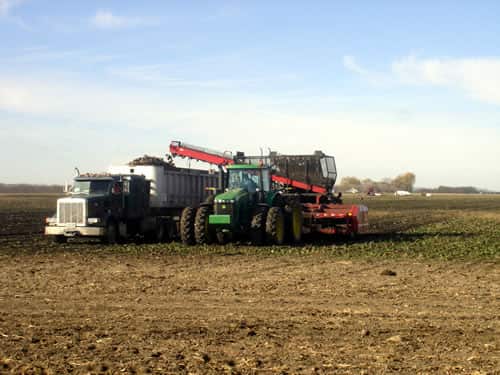
Sugar beet harvest has started for the sugar beet cooperatives in Minnesota and North Dakota. The crop is plentiful this year, and some cooperatives are starting pre-pile harvest as much as two weeks earlier than normal. The pre-pile harvest allows growers to bring in a small amount of the crop to prepare factories for the full harvest.
Numerous factors can come into play when looking to maximize profit from the sugar beet crop. In some cases, profit may not even be the right decision management tool to consider. The cooperatives each have their pre-pile payment systems that must be considered. The intent of each is to most fairly compensate the coop grower owners for delivering the crop before it has maximized sugar content and yield. The pre-pile payment systems consider the days of “pre-pile” before the start of full stockpile harvest. Each has a formula looking at the growth parameters of yield and sugar content over the entire length of the pre-pile period.
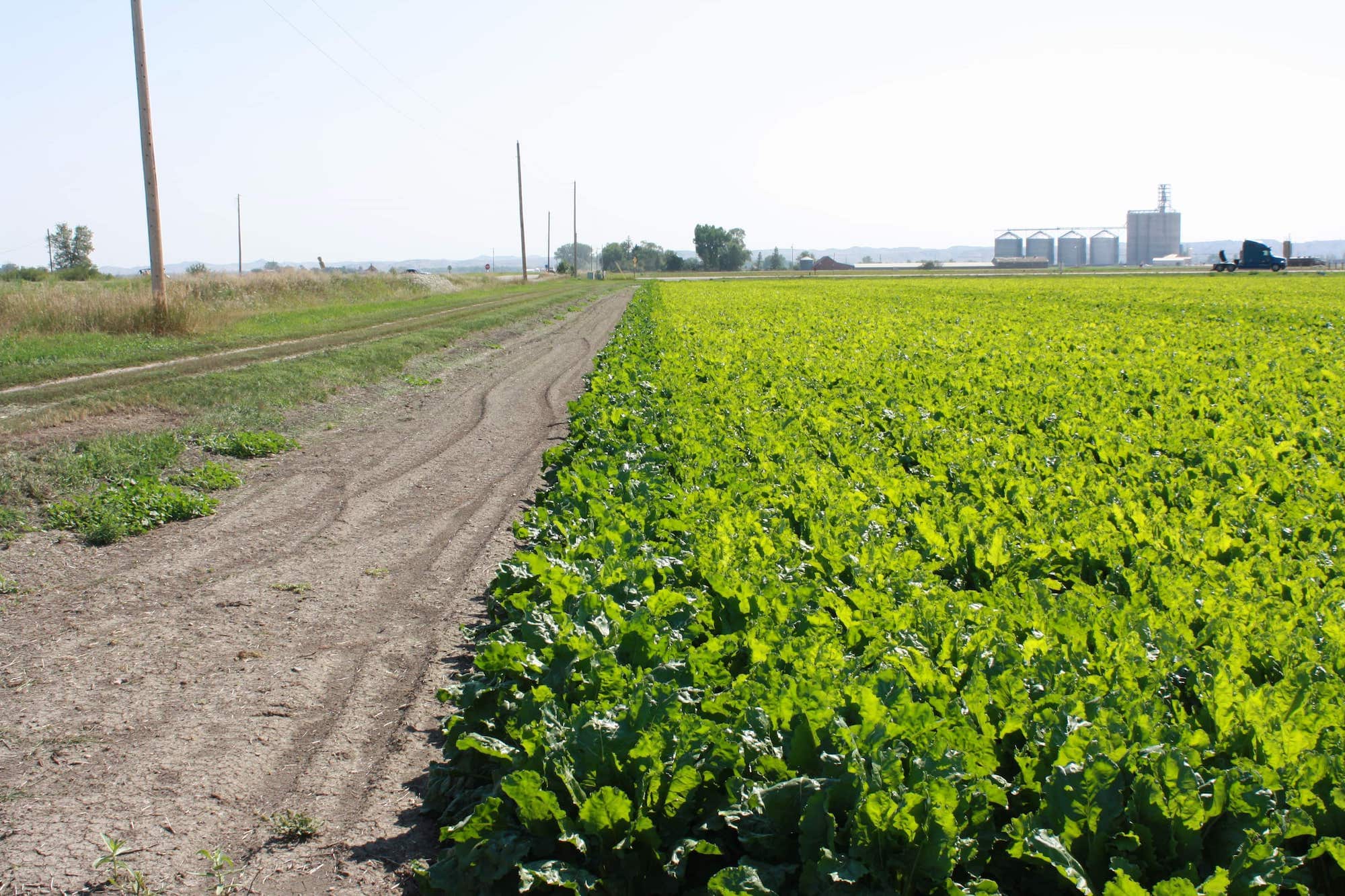
Factors to consider
When it comes to field selection, many important considerations come into play, including:
- Date of planting
- Plant population
- Variety planted
- Hauling distance to the piling site
- Soil type
- Field drainage
Hail damage, water damage, and the degree of root rot in fields must also be considered. Each farming operation has to decide which of these factors are most important for their business.
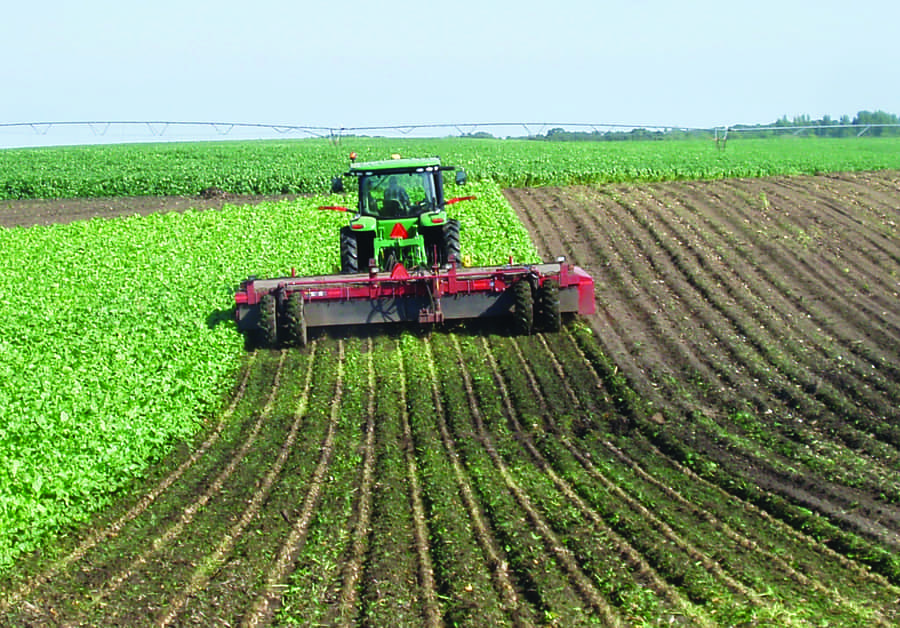
Date of planting and plant population
The earlier the planting date, the higher the sugar content and yields will be at the time of pre-pile. The earlier fields have to be lifted will have to be considered versus the potential gain that will happen during the pre-pile period. Low plant population fields have less potential gain in sugar content and yield than would be expected from high plant population fields, so consider harvesting them first.
Variety planted
Higher sugar content varieties can maximize revenue per acre when harvested early. In some cases, these varieties have lessor yield (tons) potential, so the tonnage increases that are part of the pre-pile payment system may be advantageous if such varieties are harvested early.
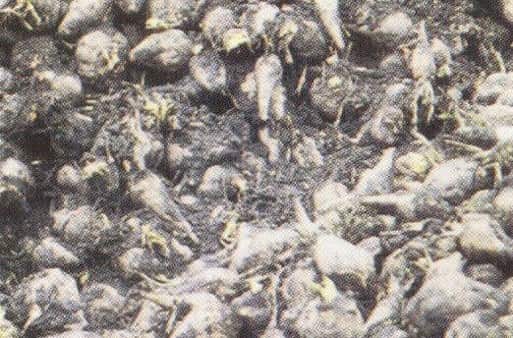
Soil type and field drainage
Soil type and field drainage are especially important considerations in growing areas that have been very wet in late summer and early fall. Heavy clay type soil in fields can make lifting the crop challenging. Tare percent is often higher if fields have heavy clay soil. (“Tare” or “tare dirt or soil” is the dirt that adheres to the roots along with loose soil and stones.) Growers may want to lift entire fields with heavy soil types early, so they do not become a problem with later harvests. Whether or not a field is tile-drained may be an important factor. Consideration should be given to leaving these entire tile-drained fields for later harvest and pre-pile beets from other fields first.
Hail-damaged fields
When the hail damage occurred is critical. Yield and sugar content will generally be at its lowest point about three weeks after hail events if the damage was severe. Lifting entire damaged fields immediately after hail damage can capture benefits from growth and sugar content growth factors built into the pre-pile system. However, if the hail occurs near stockpile harvest, it’s usually best to leave these fields until the end of stockpile harvest.

Root rot incidence and severity
High incidence of root rot in fields limits their opportunity to make good yield and quality improvement. Strongly consider harvesting entire fields with serious root rot in pre-pile. These infected roots store poorly in the piles, and the sugar cooperatives don’t want to store them long term.
Water-damaged fields
Fields that experienced long term damage from lingering standing water or saturated soil conditions may never fully recover and grow normally. Again, consider lifting such fields entirely in pre-pile, assuming enough quota is available. Their growth potential may well be less than the premiums for growth built into pre-pile payment systems.
Hauling distance
Yields will be lower in August and September. If field distance to piling sites for some fields is very long, maybe they should be harvested first when tonnage is lower. This will reduce trucking costs and may help to maximize profit from the beet crop.
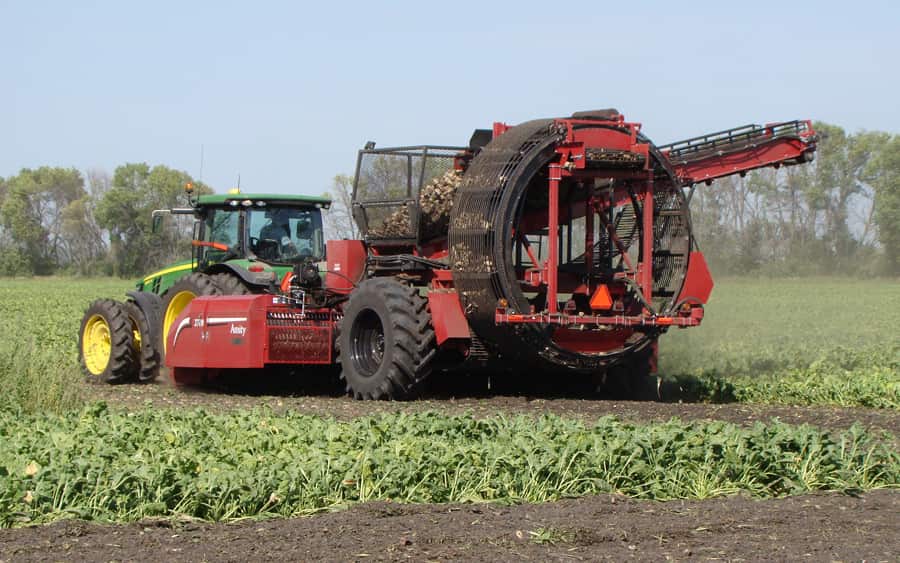
Harvest management decisions are complicated
Many factors have to be considered. They will be different for each grower and field. Of course, the biggest unknown and sometimes the most important is the weather. It affects August and September crop growth and certainly stockpile harvest like 2019 when thousands of acres of crops were left entirely in the field.




